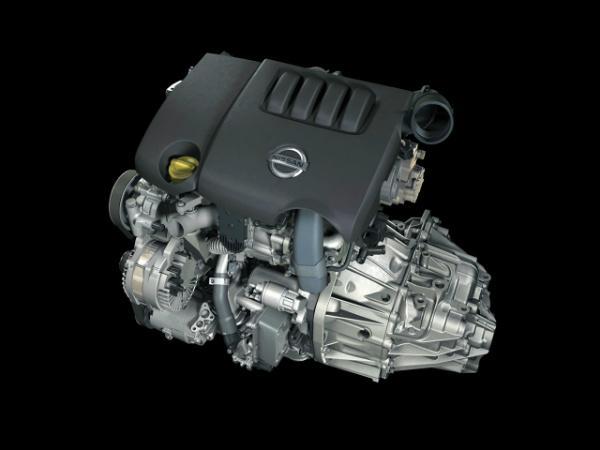
R32 engine - technical data and operation
Content
The R32 engine is classified as a typically sporty engine that delivers high performance and a thrilling driving experience. Cars with this engine under the hood are marked with a unique badge with the letter "R" on the grille, front fenders and trunk of the car. We present the most important information about the R32.
Volkswagen R is the designation for high-performance sports models.
It is worth learning more about the special sub-brand of the German concern, which is associated with cars that give a large dose of excitement and incredible pleasure. Here we are talking about the Volkswagen R.
It was established in 2010 to distribute high-performance sports units and replaced VW Individual GmbH, which was established in 2003. The "R" designation is also applied to GT, GTI, GLI, GTE and GTD car models, and Volkswagen sub-brand products are available in 70 different countries.
The R series debuted in 2003 with the release of the Golf IV R32. It developed 177 kW (241 hp). Current models in this series:
- Golf R;
- Golf R Option;
- T-Rock R;
- Arteon R;
- Arteon R Shooting Break;
- Tiguan R;
- Tuareg R.
R32 technical data
The VW R32 is a 3,2-litre naturally aspirated four-stroke petrol engine in VR trim that began production in 2003. It has multi-point fuel injection and six cylinders with four valves per cylinder in a DOHC system.
Depending on the model chosen, the compression ratio is 11.3:1 or 10.9:1, and the unit produces 235 or 250 hp. at a torque of 2,500-3,000 rpm. For this unit, an oil change should be made every 15-12 km. km or every XNUMX months. The most popular car models that used the R32 engine include the Volkswagen Golf Mk5 R32, VW Transporter T5, Audi A3 and Audi TT.
R32 engine - design data
The designers used a gray cast iron cylinder block with a 15-degree angle between the cylinder walls. They are also offset 12,5mm from the center of the forged steel crankshaft, which has a 120-degree gap between the individual cylinders.
The narrow angle eliminates the need for separate heads for each cylinder block. For this reason, the R32 engine is equipped with a single aluminum alloy head and double camshafts.
What other design solutions were used?
A single row roller timing chain was also chosen for the R32. The device also has four valves per cylinder, for a total of 24 ports. It's also important to note that each camshaft has 12 petals so that the front camshaft controls the intake valves and the rear camshaft controls the exhaust valves. The timing system itself is equipped with low-friction roller rocker arms and automatic hydraulic valve clearance adjustment.
Electronic control R32
The device contains electronically controlled components. The only one is an adjustable twin-pipe intake manifold. The 3.2 V6 engine has an electronic ignition system with six separate ignition coils for each cylinder. A Drive By Wire electronic throttle is also used. The Bosch Motronic ME 7.1.1 ECU controls the engine.
Using R32 - does the engine cause many problems?
The most common problems with the R32 engine include the failure of the toothed belt tensioner. During operation, the owners of cars equipped with R32 also pointed out defects in the proper functioning of the coil pack - for this reason, the engine jammed.
Cars equipped with R32 also consume quite a lot of fuel. Too much load on the unit will cause the flywheel bolts to fail, which can break or loosen on their own. However, in general, the R32 engine is not very emergency. The service life is well over 250000 km, and the work culture is at a high level.
As you can see, the unit used in VW and Audi cars is not without drawbacks, but it has its advantages. Design solutions are certainly interesting, and reasonable operation will allow the motor to last a long time.
A photo. main: Car spy via Flickr, CC BY 2.0